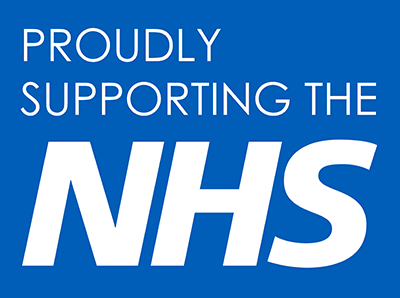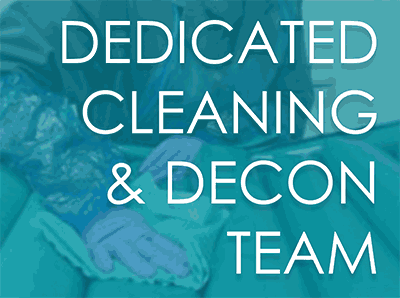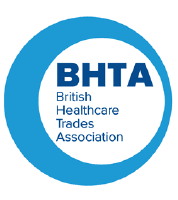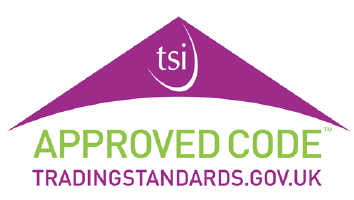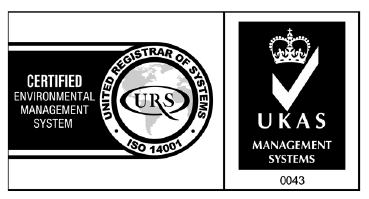As the old saying goes, and as my mum often used to say to me, prevention is better than cure. In the case of pressure ulcers there is no doubt that stopping these painful wounds before they happen saves time, money and, most importantly, unnecessary suffering for the cared for.
So, how do you stop pressure ulcers from arising?
Well, there is no easy answer to this, and no matter what you do pressure ulcers will sometimes rear their ugly head but, and it’s a BIG BUT, there are many things you can do that will limit the chances of pressure ulcers occurring.
Identify those at risk
Some groups of people are more likely to get pressure ulcers than others so understanding which groups are ‘high risk’ is vitally important.
- Immobility – those who have restricted or limited mobility, regardless of the reason for their immobility or their age, are more at risk of developing a pressure ulcer. ¹
- Incontinence – prolonged exposure to moisture can make skin tissue breakdown, increasing the risk of pressure ulcers. ¹
- Restricted blood supply – some diseases, such as diabetes & arterial disease, mean the supply of blood & oxygen to body tissue is reduced, raising the risk of pressure ulcers. ¹
- Elderly – as you get older skin changes, becoming thinner and more fragile², particularly towards end of life³, which leaves skin more susceptible to damage.
- Weight loss & muscle wasting – common amongst those with a prolonged illness or those with paralysis, there is simply less padding to protect them from surface pressures. ²
- Poor nutrition & hydration – nutrition and fluid intake are both important aspects of maintaining healthy skin and for the healing process. ²
- Limited Mental Awareness – those who, through trauma, medication or diseases such as dementia, are more at risk as they may be unable to communicate that they are in pain³ as well as being unable to take action to prevent it. ²
Assessment & Monitoring
Assessing a patient is essential to ensure whether or not they are at risk. This is not a one off process but should be regularly undertaken as people change and risks do too! This is especially important if there is a notable change in the condition or circumstances of the patient. By monitoring a patient any early signs of pressure ulcers can be identified quickly…and dealt with quickly.
Repositioning
Moving a patient, or encouraging them to do so themselves if they are capable, is important to reduce the risk of pressure ulcers. This allows different areas of the body in turn to be exposed to pressure, rather than one area for an extended period of time.
Pressure Relieving Support Surfaces
If you have identified a patient or family member as ‘at risk’ then using a pressure relieving mattress combined with a cushion, giving 24hr pressure relief, can be part of the prevention process. Using pressure relieving surfaces DOES NOT mean that assessment, monitoring and repositioning can stop. These processes should ALWAYS be ongoing.
Bibliography
¹ Judy-waterlow.co.uk (2007), Pressure Ulcers Prevention [Online]. Available at
http://www.judy-waterlow.co.uk/pressure-sore-prevention.htm
² Mayo Clinic (2014), Bedsores (Pressure Sores) [Online]. Available at http://www.mayoclinic.org/diseases-conditions/bedsores/basics/risk-factors/con-20030848
³ Alzheimer’s Society (2013), Pressure Ulcers (Bed Sores) [Online]. Available at https://www.alzheimers.org.uk/site/scripts/documents_info.php?documentID=132
About the author – Ray Booth
Ray Booth is Research & Innovation Director at Select Medical. He has been involved in the pressure care equipment industry for over 20 years, and has created a wide range of well-designed alternating air pressure mattress systems for use in hospital, hospice and community healthcare sectors.

